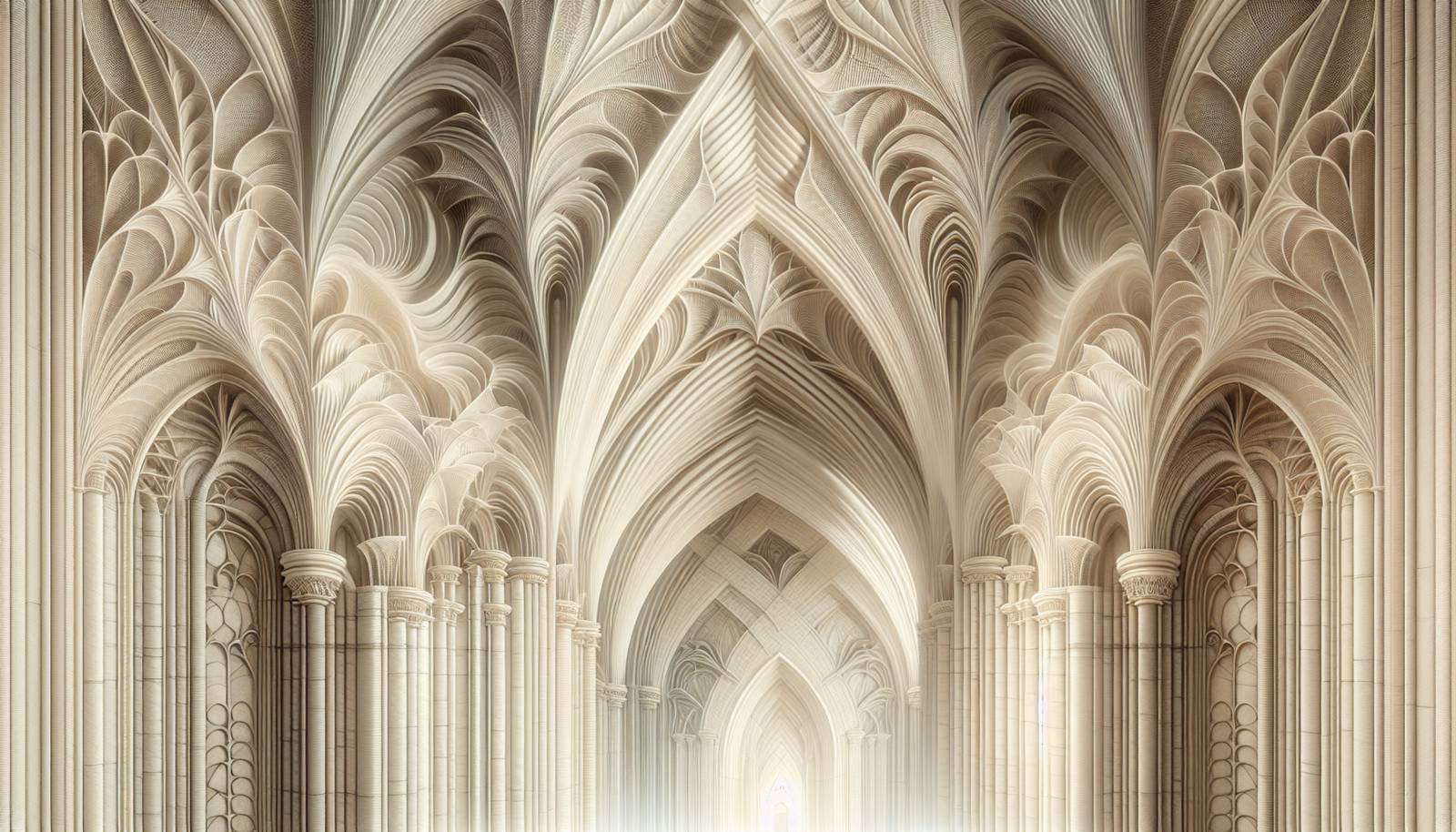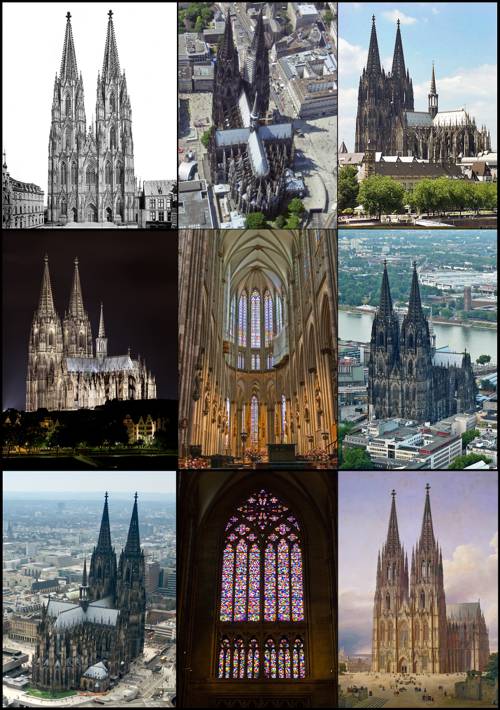
FAQ About The Influence of Gothic Architecture on Modern Buildings

What are the defining features of Gothic architecture?
Gothic architecture is characterized by its pointed arches, ribbed vaults, and flying buttresses. These features allowed for the creation of structures with large windows and increased height, contributing to the style's association with soaring cathedrals and churches. Stained glass windows, intricate sculptures, and detailed facades are also hallmarks of Gothic architecture.

How has Gothic architecture influenced modern building design?
Gothic architecture has significantly influenced modern design, particularly in the use of verticality and light. Modern architects often incorporate Gothic elements like pointed arches and ribbed vaults to evoke a sense of grandeur and elegance. The innovation of steel and glass allows for even more expansive windows and open spaces, akin to the light-filled interiors of Gothic cathedrals.

What modern buildings exhibit Gothic architectural influences?
Some notable modern buildings that exhibit Gothic influences include the Cathedral of Saint John the Divine in New York City and the Washington National Cathedral in Washington, D.C. Additionally, elements of Gothic architecture can be seen in certain university buildings and even some contemporary skyscrapers that utilize vertical lines and intricately designed facades.

Why are pointed arches significant in Gothic architecture?
Pointed arches are significant because they are both aesthetically pleasing and structurally functional. They allow for greater flexibility in the height and width of building openings, thus enabling the construction of large windows and tall, elegant structures. This feature contributes to the distinctive look and feel of Gothic architecture, balancing beauty with practical engineering solutions.

What role did flying buttresses play in Gothic architecture?
Flying buttresses are crucial in Gothic architecture as they transfer the weight of the roof and upper walls away from the building and down into the ground. This external support system allows walls to be thinner and taller and to accommodate large stained glass windows. Flying buttresses are key to the iconic appearance and structural innovations of Gothic cathedrals.

Are there any controversies surrounding the use of Gothic styles in modern architecture?
Yes, some controversies arise from the use of Gothic styles in modern architecture, particularly concerns about pastiche or superficial application. Critics argue that superficially applied Gothic elements can result in buildings that lack coherence and authenticity. The debate often centers on how to respect historical influence while innovating rather than replicating.

How do stained glass windows in Gothic architecture compare to those in modern buildings?
In Gothic architecture, stained glass windows were primarily used to tell biblical stories and filter colored light into the interior, creating a spiritual ambiance. In modern buildings, stained glass may also be used for decorative purposes, but with new materials and technology, it can offer enhanced durability and intricate designs. Thus, while the function remains aesthetic, the techniques and styles have evolved.

What materials were predominantly used in Gothic architecture, and how do they differ from those in modern buildings?
Gothic architecture primarily used stone, wood, and glass. Stone was chosen for its durability and strength, ideal for the monumental structures of cathedrals. In contrast, modern buildings often incorporate steel, concrete, and advanced glass technology, allowing for greater flexibility in design and the ability to construct skyscrapers and complex structures.

Is Gothic architecture still being practiced today?
While pure Gothic architecture is not commonly practiced today, its elements and principles continue to inspire architects worldwide. Contemporary architecture often integrates features like pointed arches and flying buttresses into new designs, merging historical styles with modern aesthetics and technology.

What is the impact of Gothic architecture on public spaces?
Gothic architecture has a significant impact on public spaces by creating environments that inspire awe and reverence. The grandeur and intricate details encourage exploration and contemplation, often making such sites cultural and historical landmarks. These influences are seen today in plazas and public buildings that aim to evoke similar emotional responses through design.

How did Gothic architecture address the limitations of previous building styles?
Gothic architecture overcame the limitations of previous styles, such as Romanesque architecture, by introducing structural innovations like the pointed arch and ribbed vault. These features allowed for taller and more illuminated buildings, overcoming the darker, heavier feel of earlier churches and making use of advanced engineering for stability and aesthetics.

Can modern technology replicate the intricacies of Gothic architecture?
Modern technology can replicate the intricacies of Gothic architecture through advanced computer-aided design (CAD) and 3D printing technologies. These tools enable the precise creation of complex designs and motifs, which historically required skilled craftsmanship over many years. However, there is a continuing dialogue about the authenticity of such recreations compared to traditional methods.

What modern architectural movements have drawn inspiration from Gothic architecture?
Modern architectural movements like Neo-Gothic and Gothic Revival have explicitly drawn inspiration from Gothic architecture, aiming to replicate or reinterpret its aesthetics and ideals. Additionally, elements from Gothic architecture can be found in Art Deco and certain aspects of Postmodernism, highlighting the lasting impact of the Gothic style.

Why are Gothic cathedrals considered engineering marvels?
Gothic cathedrals are considered engineering marvels due to their innovative use of pointed arches, flying buttresses, and ribbed vaults, which allowed them to reach unprecedented heights and include large windows. These engineering feats created spaces that were not only structurally sound but aesthetically breathtaking, pushing the boundaries of what was architecturally possible at the time.

How do Gothic architecture's decorative elements influence modern architectural design?
Gothic architecture's decorative elements, such as detailed stone carvings and elaborate facades, influence modern architectural design by encouraging the incorporation of intricate detailing and artistry. Modern architects often draw from these elements to add richness and complexity to their work, using diverse materials and techniques to create visually engaging structures.

Did Gothic architecture influence art and culture beyond building design?
Yes, Gothic architecture influenced art and culture far beyond building design. The style triggered a corresponding Gothic art movement known for its detailed iconography and symbolism. Influences can be seen in literature, film, and fashion, where the dark, moody, and ornate aspects of the Gothic have been adapted and explored in various contexts.

What is the aesthetic appeal of Gothic architecture for contemporary architects?
For contemporary architects, the aesthetic appeal of Gothic architecture lies in its dramatic and romantic qualities. The verticality, light, and intricate detailing provide a sense of grandeur and history that can enrich modern designs. By incorporating Gothic elements, architects can create visually striking buildings that resonate with cultural and historical significance.

How do architects balance modern needs with Gothic design elements?
Architects balance modern needs with Gothic design elements by thoughtfully integrating the aesthetic and structural aspects of Gothic architecture within contemporary contexts. They adapt Gothic features to meet today's functional requirements, such as energy efficiency and accessibility, while respecting the historical and visual impact of the style.

What are the challenges of incorporating Gothic architecture into new urban environments?
Incorporating Gothic architecture into new urban environments presents challenges such as ensuring structural compatibility with modern building codes, managing costs associated with ornate detailing, and integrating these designs into diverse cityscapes without appearing incongruous. Architects must creatively resolve these issues to harmonize tradition with modernity.

Are there examples of sustainable architecture using Gothic influences?
Yes, there are examples of sustainable architecture that draw on Gothic influences, such as the use of natural light through large windows and passive cooling techniques similar to those in Gothic cathedrals. By combining these elements with modern green technologies, architects can create environmentally friendly structures that pay homage to Gothic design.
